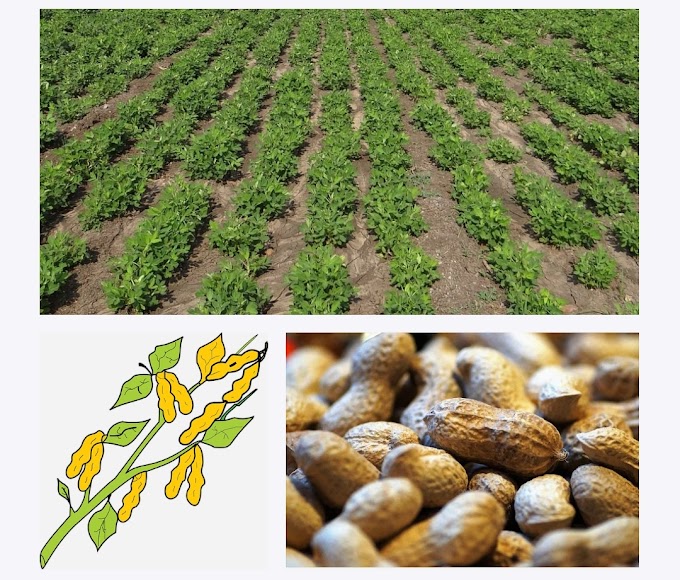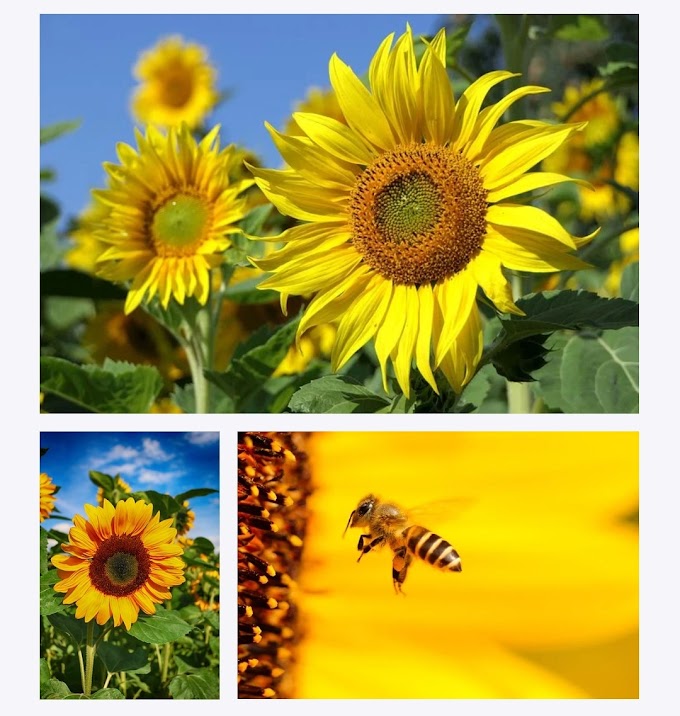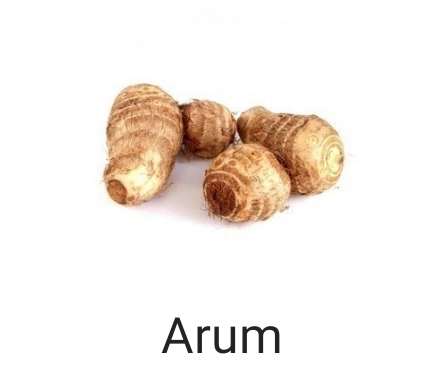FARMING
 |
Farming to grow crops or raise animals for human consumption. Farming is part of agriculture. It is possible for people to start farming because the climate and soil are beginning to change. Farming can feed far more people than hunters can feed in the same area.
Or
Farming is also known as Planting, Planting is the act or process of working the ground, planting seeds, and planting edible plants. You can also describe raising dairy or meat animals as farming.
There are types of farming.
- Extensive Farming.
- Intensive farming.
- Special Farming.
- Mixed Farming.
- Various fanning.
- Dry Farming.
- Agricultural Partnerships.
- Capital farming.
- Business Farming.
- State Farming.
- Co-Farming.
- Poor Self-Injury.
1. Extensive Farming:
2. Intensive farming:
Under such Intensive farming: This is a farming system where small farms are firmly planted using large inputs for handicrafts, compost and fertilizers. Usually, more than one crop is planted in one field. Large crops grown for rice and wheat.
Or
farming, in contrast to large-scale farming, more workers and more money are being spent on the same piece of land to get more yields.
3. Special Farming (> 50% income per business.)
A farm where it receives 50% or more income from a single business viz. crops, livestock, milk, poultry, etc. Such a farm is called a special farm and farming is called a special farming.
4. Mixed Farming [Crop Production and Livestock Raising (10% income)
Mixed farming is where crop production is combined with raising livestock. If the farm produces at least 10% (at least 49%) of the product from livestock. the said farm will be called a mixed farm. Here, in the case of mixed farming, the definition of livestock is cattle and buffalo only.
Or
Mixed farming involves planting crops and raising animals in the same area. These two types of farming, pastoral and agricultural, support and increase farm productivity. This type of farming reduces the risk of losses due to adverse weather conditions. For example, if the crops do not work well, the animals on the farm are still a good source of food and money.
5. Various fanning (≥ 50% revenue per business):
The variety has many manufacturing businesses or sources of income. But no source of revenue should generate more than 49% of revenue.
6. Dry Farming.
Dry plowing is done in areas with moderate rainfall annually of <50 cm.
7. Agricultural Partnerships (Voluntary farmer farming):
In this type of farming all members have a patent in the business. Members voluntarily collect their business resources and there is no pressure without co-operative members. All members are free and may leave the community at any time without loss of ownership of the property.
Revenue is still distributed according to land allocation, staff and members' principal income. This type of farming is also classified as,
- Co-ownership of co-operative language.
- Co-operative farming Partnership is cohesive and activities are intertwined.
- Employers' farming partnerships Ownership is also mutually exclusive and performance is individual.
- Co-operative ownership of collective farming.
8. Capital farming:
In capitalist farming world investment and capital are made by big business or capitalists. Salaries are paid to employees. Intensive farming and improved farming methods were adopted. Farms are usually mechanically operated. Employees are better paid. The profit or loss of a business is borne by the capitalist or the businessman.
9. Business Farming:
It has features similar to capitalist farming, but the patent is in the hands of the shares taken by the member. Profit is still distributed according to members' share. Employees are usually better paid.
10. State Farming:
The government does state farming. Farm managers are hired to do daily agricultural work. The farm can be operated mechanically or mechanically depending on the size of the farm. The government provides funding and other institutions and prepares a policy to be adopted. Profit or loss is entirely incumbent on the Government.
11. Co-Farming:
Also called Khol-khoz. Members jointly donate their land, livestock and community resources. Members elect a steering committee, which oversees the allocation of work, revenue allocation and mass marketing.
12. Poor Self-Injury:
Farmers follow Agricultural Practices in their own way & the managers and organizers of their farm business. The members of the entire family on the farm make decisions.
ACCORDING TO INDIAN FARM PLANNING
Indian Farmers Follows These Types of farming :
- Subsistence farming
- Commercial farming
- Changing agriculture
- Intensive farming
- Extensive farming
- Planting and planting
- Mixed farming
OBEDIENT FARMING :
Most farmers in India subsist. It is characterized by small and scattered land grabbing and the use of early tools, such as plows and diggers by family members. As farmers suffer, they do not use fertilizer and many other types of fruit that are too good for their fields.
PLANTING AND MIXED CONNECTION
Crops are large tracts of land or sites used to grow a single agricultural crop such as tea, coffee, rubber or spices. Planting plants often target the export market and earn foreign exchange.
Mixed farming: Planting and raising animals together is called mixed farming. Two or more plants are planted together. It guarantees income to farmers.
FARMING AND DRY FARMING:
Commercial farming: This agricultural program involves planting crops for sale in the market. These plants are called cash crops. Includes sugarcane, tobacco, seed oil. It is usually done in areas where more land is available and the market economy is well developed.
A type of farming that is done in arid areas without irrigation by planting drought-resistant crops or by using moisture-strengthening techniques such as planting seeds in deep soil or using and maintaining good soil or a bed that slows evaporation. It is also called dry farming.
FORMAL FARMING
According to agricultural scientists, 'organic farming' is a system that does not include the use of inputs such as fertilizers, pesticides etc in agricultural activities. They follow crop rotation, crop residues, compost, non-farm waste and biological systems to promote nutrients and plant protection to get a better crop yield.
















0 Comments